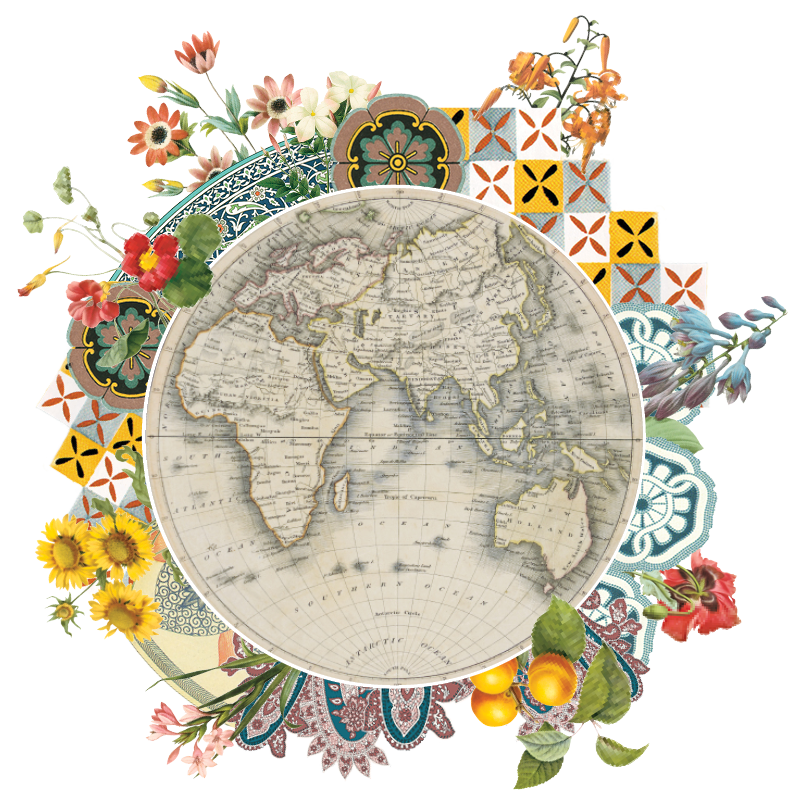Art, Culture, and Edge in Berlin’s Spree Area
The slightly shabby area along Berlin’s Spree canal has somewhat quietly become an art world destination. Johann König, one of Berlin’s most high-profile young gallerists, walks us through the region his way
- Category:
- The List
- Words By:
- Molly Hannon
- Photography:
- Marcel Wogram
- Published:
- February 14, 2020
In 2002, before he had even finished his schooling, Cologne native Johann König moved to Berlin and opened his first art gallery. König, whose father and mother were also in the arts, landed, as many newcomers to Berlin do, in the centralized Mitte district, where many of Berlin’s most well-known museums were historically situated. Thirteen years later, after earning a strong influence in Germany’s art world, he expanded west to the grittier, more casual Kreuzberg—Berlin’s default Turkish district and, in the last fifteen years an enclave for expats, artists, and more recently avant garde chefs and fledgling tech startups.
The draw then may have been affordable rent, but today König Galerie inhabits St. Agnes, a monumental church built in the 1960s in the austere sweeping brutalist style, where exhibitions take place in either the chapel or the nave, depending on the size of the installation. (König also has since opened outposts in London and soon to be Tokyo.) Since the move, König admits he rarely leaves his kiez, or neighborhood, of Kreuzberg, of which he is still enamored. But when he does, he generally heads toward the Spree canal—a man-made branch of the city’s main river—and former symbol of the Iron Curtain, that once divided the city.
Following the fall of the Wall 30 years ago, artists, then galvanized by the hope of a new era also flocked toward the Spree, eager to make their mark on the Wall—what later became known as a heritage-protected open-air exhibit called Berlin’s East Side Gallery. Many of the creatives stayed, and soon cafes and restaurants followed, transforming a former wasteland along the canal banks.

Compared to the Mitte district, “Kreuzberg can be seen as a dirtier area, but there’s its charm,” König says. Despite the arrival of some tech company goliaths of late, König maintains that the area bordering the Spree is even today still unfurling as a bohemian hotspot, and an emblem of the city’s ability to blend old and new. Here are some of the spots he likes most.
The “Statue of Liberty” Installation
According to König, Berliners tend to focus on the darker aspects of their city’s history in their artistic tributes—from how the Stasi (or State Security Service) operated in the German Democratic Republic to the Gestapo (or Nazi secret police) of World War II. That’s why the Statue of Liberty, a sculptural installation located in the courtyard outside the Hamburger Bahnhof Museum for Contemporary Art, is a refreshing and subversive take. Conceived by quirky artist duo Elmgreen & Dragset, the artwork features an ATM machine installed into a leftover piece of the Wall. Symbolic of the politics following the dissolution of the Wall—under which East Germans were given money whenever they entered the West—Statue of Liberty underscores how freedom was partly transactional. Invalidenstraße 50-51
The Garden Behind the Jewish Museum
Often tourists miss the Jewish Museum, says König—mainly because it’s not amongst the cluster of museums known as Museum Island, located in the city center. He likes to veer from a conventional history tour of Berlin overall, but especially recommends visiting the Jewish Museum, in particular, for its yard. “A lot of people don’t know about the Jewish Museum’s garden,” he remarks, which is why the sprawling, manicured grounds are often quiet despite not being located far from the bustling canal. Lindenstraße 9-14

Bertlinische Galerie
The demands of an art gallery owner are many, and while König admits that he sometimes does not have the chance to leave his own space, he loves to frequent the Bertlinische when he can. Located near the Jewish Museum, the gallery focuses on modern contemporary art with the goal of portraying the city’s art history unconventionally. Interdisciplinary in nature, Bertlinische Galerie showcases a range of mediums from sculpture to painting, photography, and pieces of architecture. Alte Jakobstraße 124-128
Schwarzlicht Minigolf Berlin
Though certainly not a museum, this playful space König takes his family to does nod to the city’s monuments. It’s located near the canal bordering Gorlitzer Park, and the name translated from German means “black light”, which is exactly what the interior is filled with. The mini-golf course mixes fantasy (including 3D visuals) with history, such as in its Brandenburg Tor hole—a tribute to an 18th century neoclassical monument in Berlin. Goerlitzerstraße 1

Halleches Haus
Situated near plenty of hotels and hostels, König’s favorite brunch spot—housed inside an airy former post office building—also doubles as an American-style general store housing homewares, jewelry, art, books, and pantry items. On weekends, hip Berliners line up for now somewhat ubiquitous urban brunch staples like smoked salmon and avocado bruschetta and Bloody Marys. König’s advice: If you’re not so into crowds, host a breakfast meeting before the brunchers arrive. Tempelhofer Ufer 1

Ristorante Sale e Tabbacchi
“Sale e Tabbachi is my favorite place to have lunch meetings,” König says of this stylish but unpretentious space near the famous Berlin Wall crossing point landmark Checkpoint Charlie. It provides as much in the way of good Italian plates—carpaccio, braised artichokes, and seafood antipasti—as it does people spotting: Near the European digital publishing house Axel Springer Mediahouse, it’s where much of the German media and political elite rub elbows. Rudi-Dutschke-Straße 25

Molly Hannon is a writer, journalist, and editor formerly based in Berlin, and now holed up north in Copenhagen. Her work has appeared in The New York Times, The Guardian, The Paris Review Daily, The Los Angeles Review of Books, Al Jazeera, among many others.